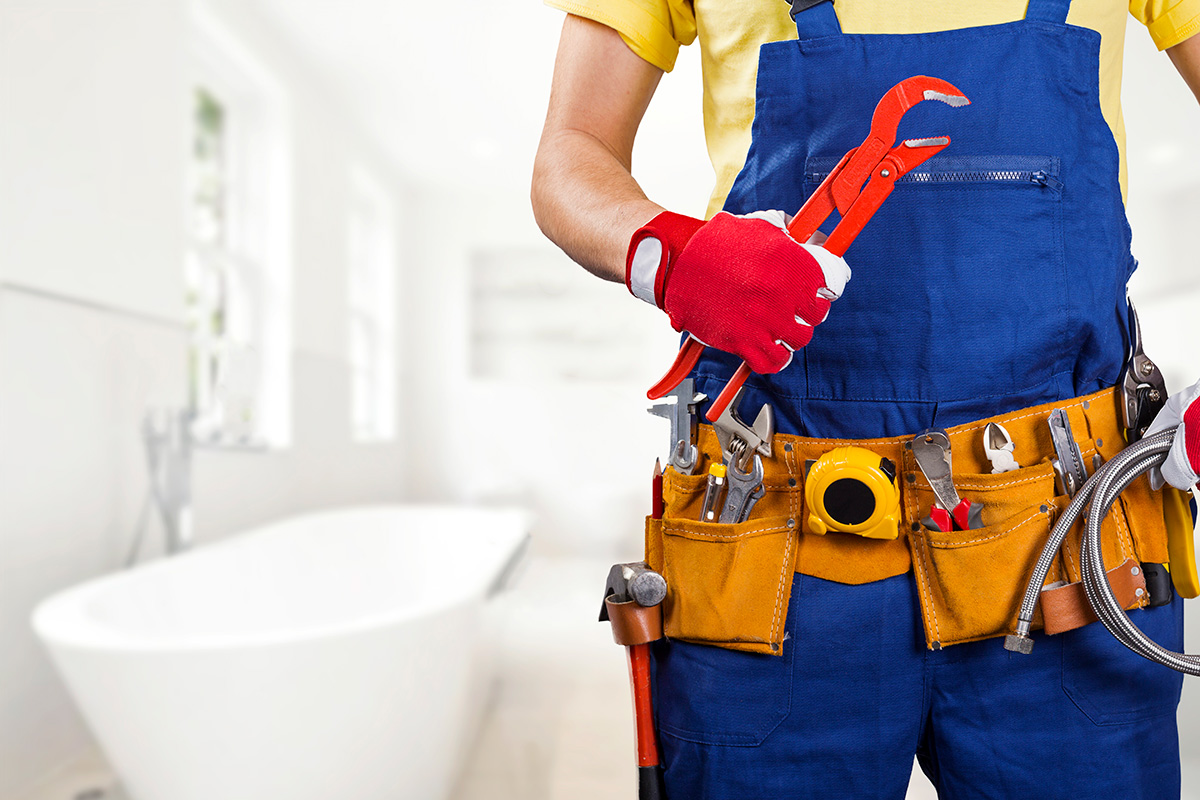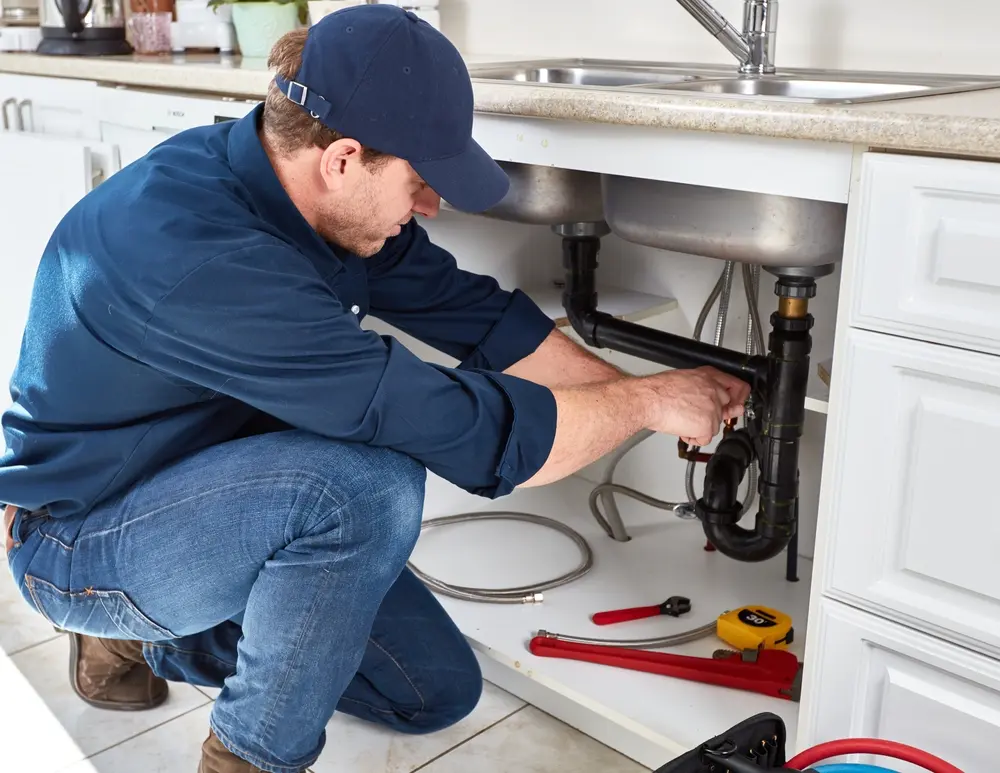Reliable Plumber Alabaster AL for All Your Emergency situation Demands
Reliable Plumber Alabaster AL for All Your Emergency situation Demands
Blog Article
A Step-by-Step Overview to Efficient Hot Water Heater Setup for Ideal Efficiency
Getting started on the job of mounting a water heater is an endeavor that demands precision and a systematic method for achieving optimal efficiency. The procedure starts with the critical decision of selecting the suitable heating system tailored to the details needs of your household, considering factors such as power, kind, and dimension source. Once selected, preparing the installation area to meet security standards is paramount. However, the trip doesn't end right here. As you continue, the intricacies of attaching water lines and establishing reputable electrical or gas connections wait for, encouraging insights right into guaranteeing performance and dependability.
Picking the Right Hot Water Heater

Following, consider the size and ability of the hot water heater. It's vital to examine your family's warm water demands, which can vary based upon the number of residents and their use patterns. An unit that's also tiny may result in inadequate warm water, while a large version could result in unneeded power usage.
Efficiency scores additionally play a pivotal role in selection. Try to find water heaters with high Power Aspect (EF) scores, showing premium efficiency and minimized energy use. Tankless designs, though commonly a lot more expensive in advance, deal substantial energy savings gradually as a result of their on-demand heating abilities.
Preparing the Setup Area
Before setting up a brand-new water heating unit, careful prep work of the installation location is important. It's critical to gauge the room carefully to suit the water heater's measurements, guaranteeing ample clearance around the system for efficient operation and servicing.
Following, eliminate any kind of particles, dirt, or obstructions from the site to produce a clean setting. Examine the floor for stability, as the water heating system will require a strong, level surface area to run successfully. If essential, install a drip frying pan under the device to catch prospective leaks or spills, avoiding water damages to the surrounding location. In areas vulnerable to seismic activity, think about installing seismic bands to protect the heating unit securely in position.
In addition, make sure that all essential tools and materials are on hand before beginning the installation. This includes products such as wrenches, screwdrivers, a level, and any additional equipment required for placing and safeguarding the heating system. A well-prepared setup area establishes the structure for a successful water heating system configuration, optimizing efficiency and safety and security.
Connecting Water Lines
When linking supply of water lines to your freshly set up hot water heater, it is vital to make certain that all connections are leak-free and safe and secure to keep reliable operation and stop water damage. Begin by recognizing the hot and chilly water supply lines. The cool water inlet is commonly noted with a blue label or a "C", while the warm water outlet is noted with a red tag or an "H".
Use flexible water heating system adapters to facilitate a simpler setup process. Before attaching the adapters, position a plumbing's tape around the threaded ends of the water heater's inlet and outlet pipes.
Once connections remain in place, slowly turn on the main hop over to here water valve. Examine each link for leakages by visually checking and feeling for dampness. Tighten links as essential, and make certain the stress safety valve is appropriately mounted, guarding versus too much pressure accumulation.
Establishing Electrical or Gas Connections
Effectively establishing up the electric or gas links for your water heating unit is an important step to make sure risk-free and reliable procedure. For electric water heating systems, start by verifying that the electrical circuit is compatible with the heater's voltage and amperage requirements.
For gas water heaters, safety is critical. Attach the gas line to the water heating system making use of an adaptable gas port, guaranteeing it is properly threaded and sealed with pipeline joint compound or Teflon tape suitable for gas connections.
As soon as connections are made, evaluate for any kind of prospective leakages. For gas lines, use a soapy water remedy to the joints; bubbles show a leakage. For electrical connections, verify that all circuitry is safe and correctly shielded, preserving compliance with neighborhood electric codes.
Evaluating and Changing for Effectiveness
With the electric and gas links safely in location, the next step is examining the functional efficiency of your hot water heater. Begin by thoroughly activating the water system and making certain there are no leakages at any one of the shutoffs or joints. As soon as confirmed, proceed to load the storage tank, taking note of the pressure and temperature setups. It is recommended to set the thermostat to an advised temperature level of around 120 ° F(49 ° C) to stabilize energy effectiveness and comfort.
Next, carry out a thorough inspection to make sure the heating components or gas burners are working properly. For electrical heating systems, make use of a multimeter to validate if the aspects are drawing the ideal existing. In gas designs, observe the heater flame; it must be constant and blue, showing effective burning.
Adjust the settings as essential to remove ineffectiveness. Take into consideration implementing insulation measures, such as adding a hot water heater covering, to even more enhance efficiency by reducing warm loss. In addition, examine the anode rod's problem, as a tatty pole can minimize efficiency and cause tank deterioration.
Final Thought
Reliable water heating unit visite site setup is vital for ensuring optimal performance and energy financial savings. By choosing the appropriate kind and dimension, and carefully preparing the installation location, a foundation for success is developed. Securely attaching supply of water lines and meticulously establishing electric or gas connections lessen prospective concerns. Extensive testing for leaks and accurate thermostat changes to 120 ° F boost reliability and efficiency. Adhering to these actions advertises long-lasting performance and power conservation in domestic water heating unit.

Properly setting up the electrical or gas connections for your water heater is a vital action to make sure risk-free and effective procedure. For electric water heating units, start by confirming that the electrical circuit is suitable with the heating system's voltage and amperage requirements. Connect the gas line to the water heating system utilizing an adaptable gas adapter, ensuring it is properly threaded and secured with pipeline joint compound or Teflon tape appropriate for gas connections.
Report this page